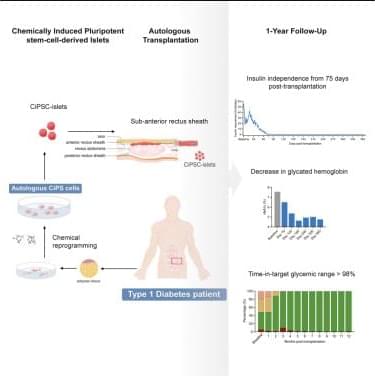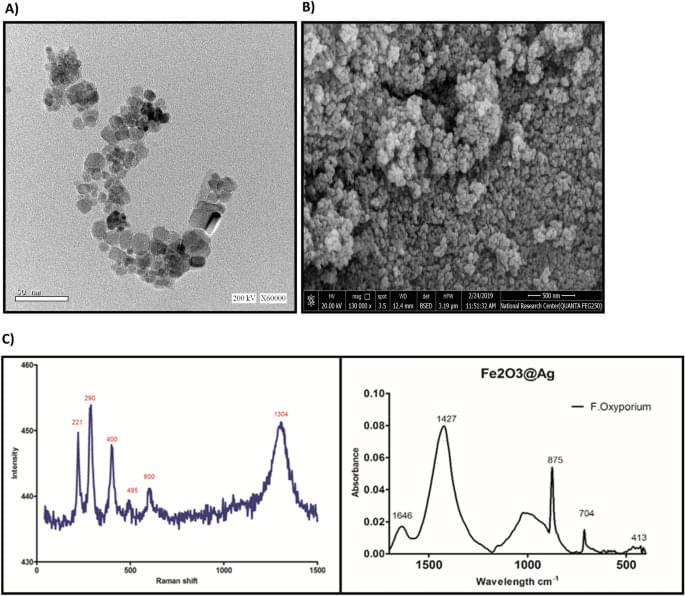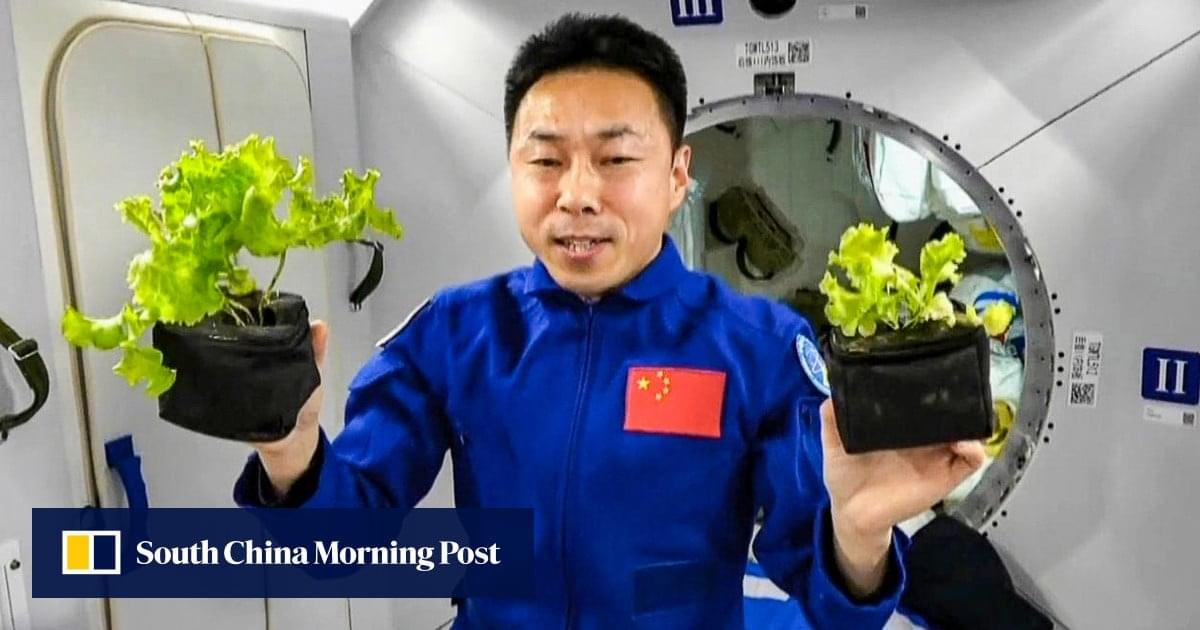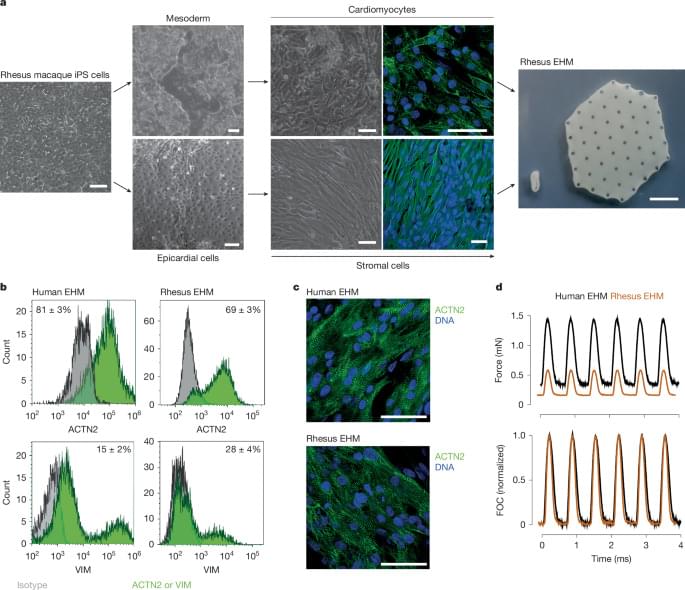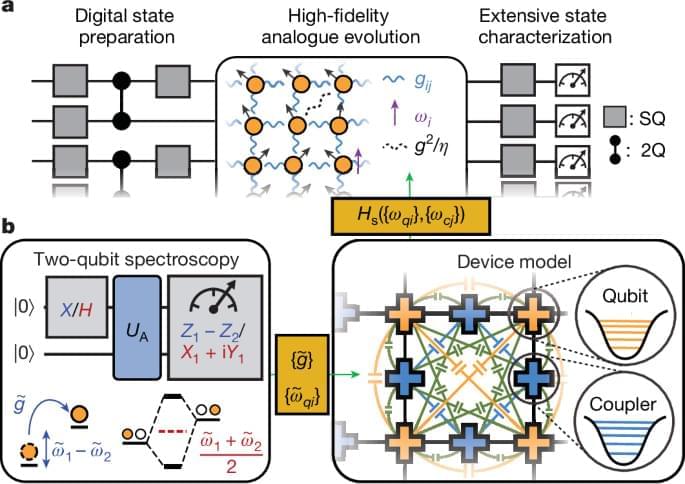Tags; #science #neuroscience #happiness #happiness #neurodegenerativediseases #disease #health #mentalhealth #sleep #neuroscientist #disease #education #success.
******************
About me:
I am Shambhu Yadav, Ph.D., a research scientist at Harvard Medical School (Boston, MA, USA). I also work (for fun) as a Science Journalist, editor, and presenter on a YouTube channel. Science Communication is my passion.
***********************************************************
Disclaimer 1: The video content is for educational and informational purposes only, not a substitute for professional medical advice, diagnosis, or treatment. Always consult your physician or qualified healthcare provider regarding any medical condition. Do not disregard or delay seeking professional medical advice based on information from this video. Any reliance on the information provided is at your own risk.
Disclaimer 2: The Diary Of A Scientist (DOAS) channel does not promote or encourage any unusual activities, and all content provided by this channel is meant for EDUCATIONAL purposes only.
*Credits and thanks**
The video was recorded using iPhone and edited using Adobe Premiere Pro: a timeline-based and non-linear video editing software.
Music source: Epidemic sound.
